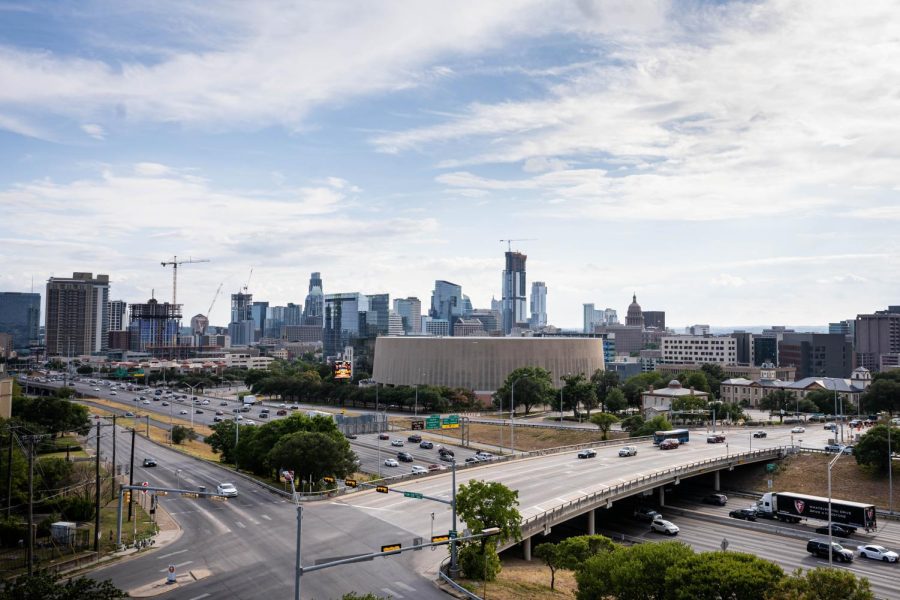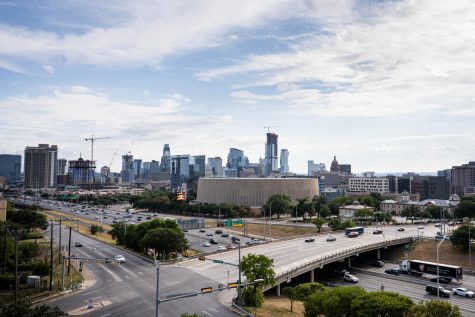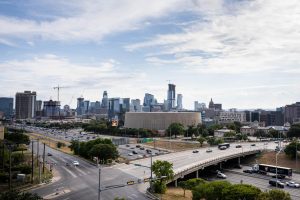New agreement between Austin, USDOT explores funding for mobility, infrastructure projects
March 27, 2023
The city of Austin and the U.S. Department of Transportation signed an agreement last month to investigate ways to fund mobility and infrastructure projects within the city, such as Project Connect and I-35 expansion.
“The Emerging Projects Agreement creates a great opportunity for Austin to try new ideas for accelerating mobility projects in a manner that also respects our community values,” Austin Mayor Kirk Watson said in a USDOT press release.
The agreement will allow its partners to explore “innovative project planning, procurement, financing and delivery,” such as low-interest financing and technical system grants, according to the press release. Preliminary projects that could benefit include Project Connect, the Corridor Construction Program, the Austin Bergstrom International Airport Expansion and Development Program, the Cap and Stitch I-35 Program and the Roadway Improvements Projects.
“The Emerging Projects Agreement between USDOT and the city of Austin will leverage innovative technologies to solve transportation challenges and will make Austin’s transportation network more resilient,” USDOT said in an email statement. “The Department’s ultimate goal is to help Austin achieve or exceed the intended outcomes of these projects and to enable them to deliver the benefits to their community faster, cheaper and more equitably.”
Project Connect, which just released five new scaled-down route options, is a proposed public transportation light rail that would connect all of Austin, according to their website. Miriam Schoenfield, UT campus organizer for Rethink35 — an organization opposing the expansion of I-35 — said the funding for Project Connect is a step in the right direction for Austin transportation but that the funding of other projects like the I-35 Cap-N-Stitch Program is not.
“Any program that involves expanding the highway is going to be a problem for mobility and connectivity in the city,” Schoenfield said. “East and West Austin need to get reconnected, but there’s a lot of problems with the way the Cap-N-Stitch Program proposes it.”
The I-35 Cap-N-Stitch Program aims to adjust the current length and width of the interstate to connect East and West Austin through community spaces like parks, according to the city’s website. Historically, I-35 was built over East Avenue, a street known for inclusive community events such as live music, restaurants and sport events and as a gathering place for Black and Mexican residents, according to a Reconnecting Communities Pilot Program press release. The release said that by building over this area, the city geographically segregated its residents.
“I-35 is a physical barrier that reinforces and exacerbates the discriminatory zoning, redlining and other biased policies that segregated low-income and minority communities, separated them from access to opportunity and imposed disproportionate environmental impacts on them,” according to the Pilot Program press release.
Schoenfield said any attempts to widen or lengthen I-35 will negatively impact Austin through increasing congestion, pollution and community harm. To be more aware of the community’s needs, she said current projects need to be reevaluated and less focus should be placed on highways.
“On a national level, people are increasingly becoming aware that (expansion) is a real problem and that it needs to stop ASAP,” Schoenfield said. “The whole program is premised on expansion, so what we really need is to go back to the drawing board. … Step one, let’s not expand the freeway, and that will completely reshape the project.”





